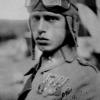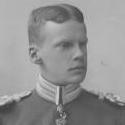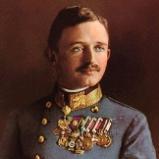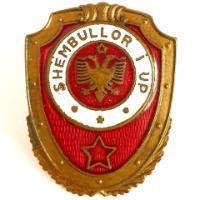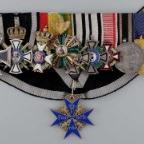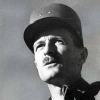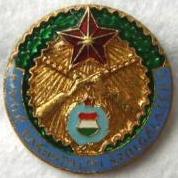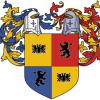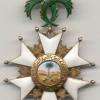Forums
-
Members Notice Board
-
- 91
- posts
-

- By No one,
-
-
Great Britain & Commonwealth Realms
-

- 20.3k
- posts
-

- 18.5k
- posts
-

- 6.2k
- posts
-

- 9.9k
- posts
-

- 3.9k
- posts
-

- 2.4k
- posts
-
-
Germany:
-

- 645
- posts
-

- 3.4k
- posts
-

- 27.5k
- posts
-

- 84.4k
- posts
-

- 27.3k
- posts
-

- 21.7k
- posts
-

- 4.5k
- posts
-

- 34.3k
- posts
-

- 28.2k
- posts
-

- 11.5k
- posts
-

- 14.6k
- posts
-

- 7.7k
- posts
-
-
European States
-

- 12.5k
- posts
-

- 21.6k
- posts
-

- 17.7k
- posts
-

- 9.3k
- posts
-

- 10.9k
- posts
-

- 5.1k
- posts
-

- 4.3k
- posts
-

- ENVERIYE DOLCH
- By demir,
-
-
Russia
-

- 8.1k
- posts
-

- 36k
- posts
-

- 10.9k
- posts
-

- 2.9k
- posts
-
-
Rest of the World: Medals & Militaria
-

- 5k
- posts
-

- 5k
- posts
-

- 2.1k
- posts
-

- 12.1k
- posts
-

- 9.3k
- posts
-

- 19.3k
- posts
-

- 3.7k
- posts
-

- 3k
- posts
-

- 12.4k
- posts
-
- 3.8k
- posts
-
-
Military History by Period
-

- 1.5k
- posts
-

- 4.1k
- posts
-
- 1.3k
- posts
-
- 2.4k
- posts
-
-
Special Interest Section
-
- 136
- posts
-

- 1.9k
- posts
-

- 3.8k
- posts
-

- 1.4k
- posts
-

- 2.2k
- posts
-

- 1.5k
- posts
-
- 4.1k
- posts
-

- 1.6k
- posts
-
- 8.4k
- posts
-
-
Who's Online 5 Members, 0 Anonymous, 63 Guests (See full list)
-
Member Statistics


.thumb.jpg.8f11964f4d04824d881c313e10a95c32.jpg)

(1).thumb.jpg.38cff8cd9c5d55311a4208b0a83448ba.jpg)
